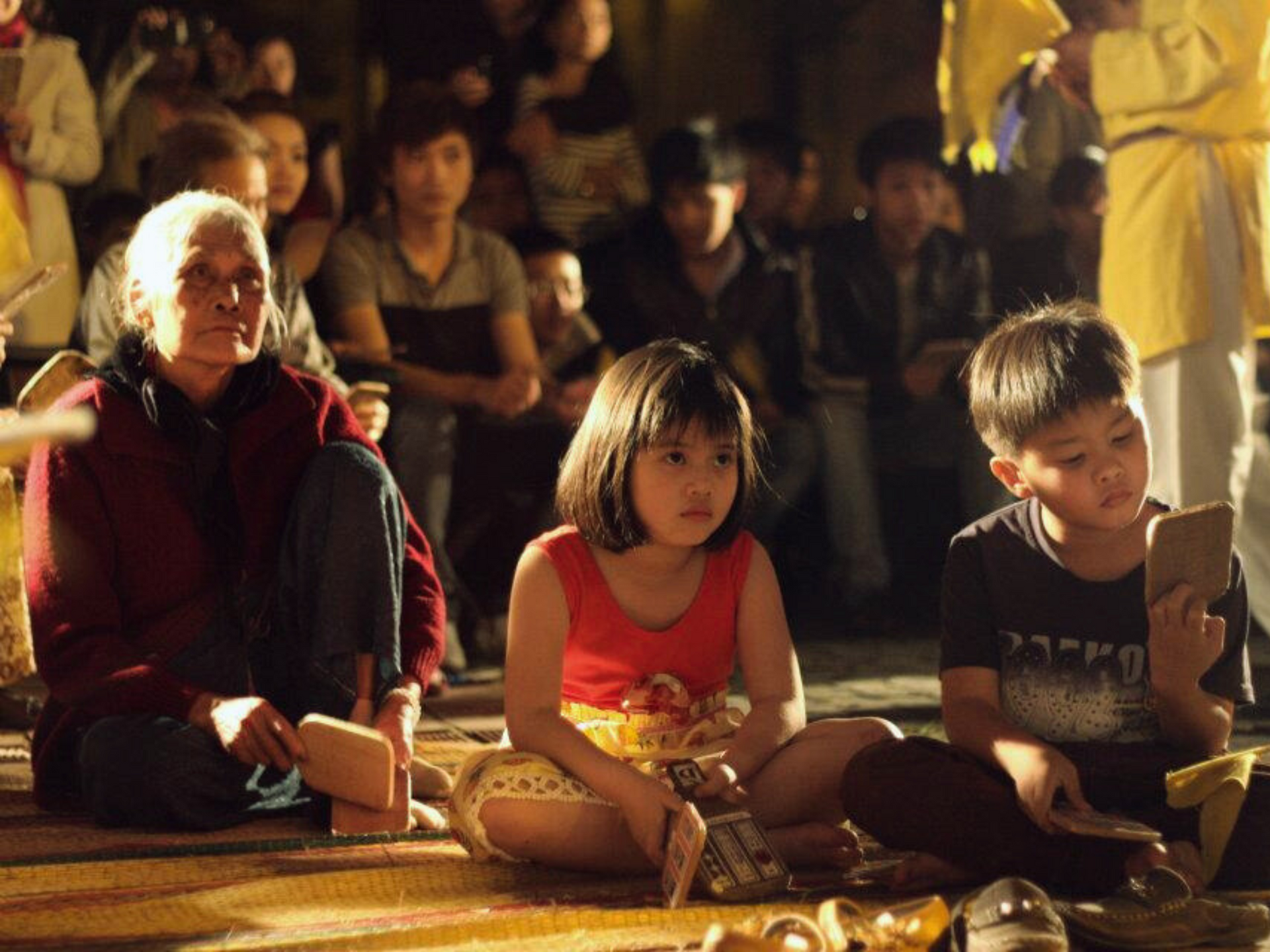
Singing cards in the street. Photo: Minh Duc.
This is an activity to realize Resolution 08/2024/NQ-HDND of the People's Council of Quang Nam province (formerly) on Regulations on the content and level of support for preserving and promoting the value of the intangible cultural heritage of the art of Bai Choi in this province in 2025.
After the merger, Da Nang city continued to agree to implement the specific goals of the resolution, including supporting the collection of artifacts, props, musical instruments, costumes, investing in digital equipment and maintaining the operation of bai choi clubs.
Bai Choi database
In 2018, when UNESCO recognized Bài Chòi as an intangible cultural heritage of the world , serious conservation activities began from the government. But to have the title of heritage for the folk art form combining singing, response, and folk performance, Bài Chòi must originate from the attachment to village life, festivals, and community activities.
Music researcher Dang Hoanh Loan - who has many memories and journeys of making heritage dossier for the art of Bài Chòi (who passed away this June) - has many concerns for the future of a traditional art form.
He believes that, along with researchers who have dedicated works on preserving and finding ways to develop the ancient capital of Bài Chòi, it is also necessary for today's young generation to use advanced techniques, technology and platforms to bring traditional musical values closer to young audiences.
However, the pressure to lose the value of the heritage of Bài Chòi is still present. The audience for Bài Chòi opera performances is decreasing, while the artisans of Bài Chòi singing are getting older day by day, and documents are being lost. Not to mention, the competition with “digital culture” and modern performing arts poses many challenges to the preservation of Bài Chòi.
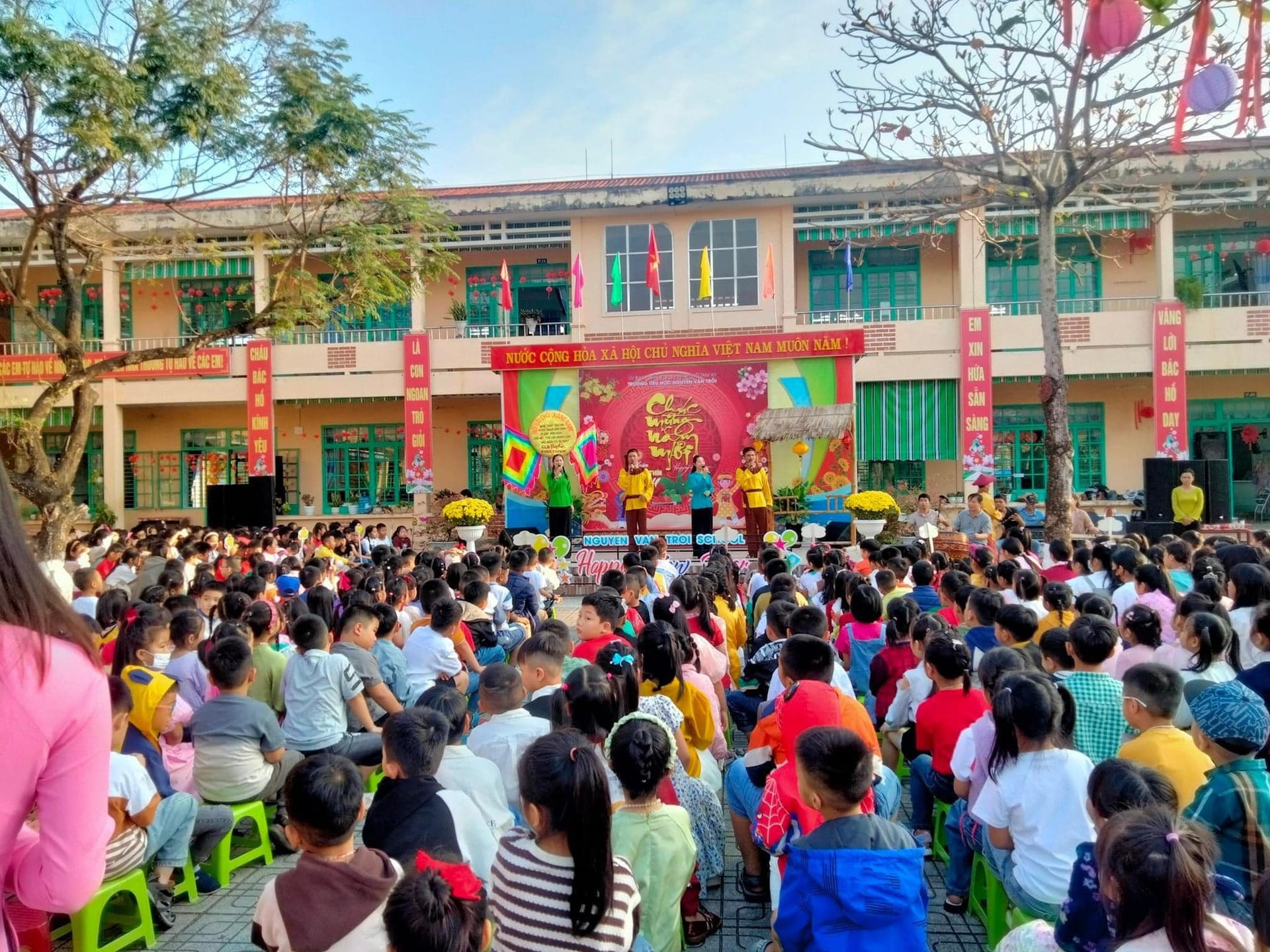
Actors of the old Quang Nam Opera Troupe teach and sing Bai Choi at Nguyen Van Troi Primary School, Ban Thach Ward, Da Nang City. Photo: Quang Nam Opera Troupe
And transferring Bài Chòi data into the digital environment is an inevitable choice. From storing images, sounds, lyrics, Bài Chòi digital data warehouse also paves the way for spreading through websites, applications, digital libraries, virtual museums... helping the public everywhere to access this art conveniently.
In 2024, Khanh Hoa province will be the first locality in the Central Central region to apply software to manage and exploit data on the art of Bài Chòi. This software is evaluated by cultural researchers as specialized software for the cultural heritage data bank.
According to the Department of Culture, Sports and Tourism of Khanh Hoa, the bai choi database is the most important element of the software to serve the state management of preserving the folk art of bai choi effectively, promptly and accurately...
Initially, the software digitized and integrated interview records of artisans and created scientific records to collect documents and art materials of Bai Choi in localities of Khanh Hoa province as well as put plays, research articles, and musical instruments on the database management page.
Start collecting data
At the end of September, Quang Nam Museum started implementing a plan to research, inventory, collect, and digitize the cultural and artistic heritage of Bai Choi.
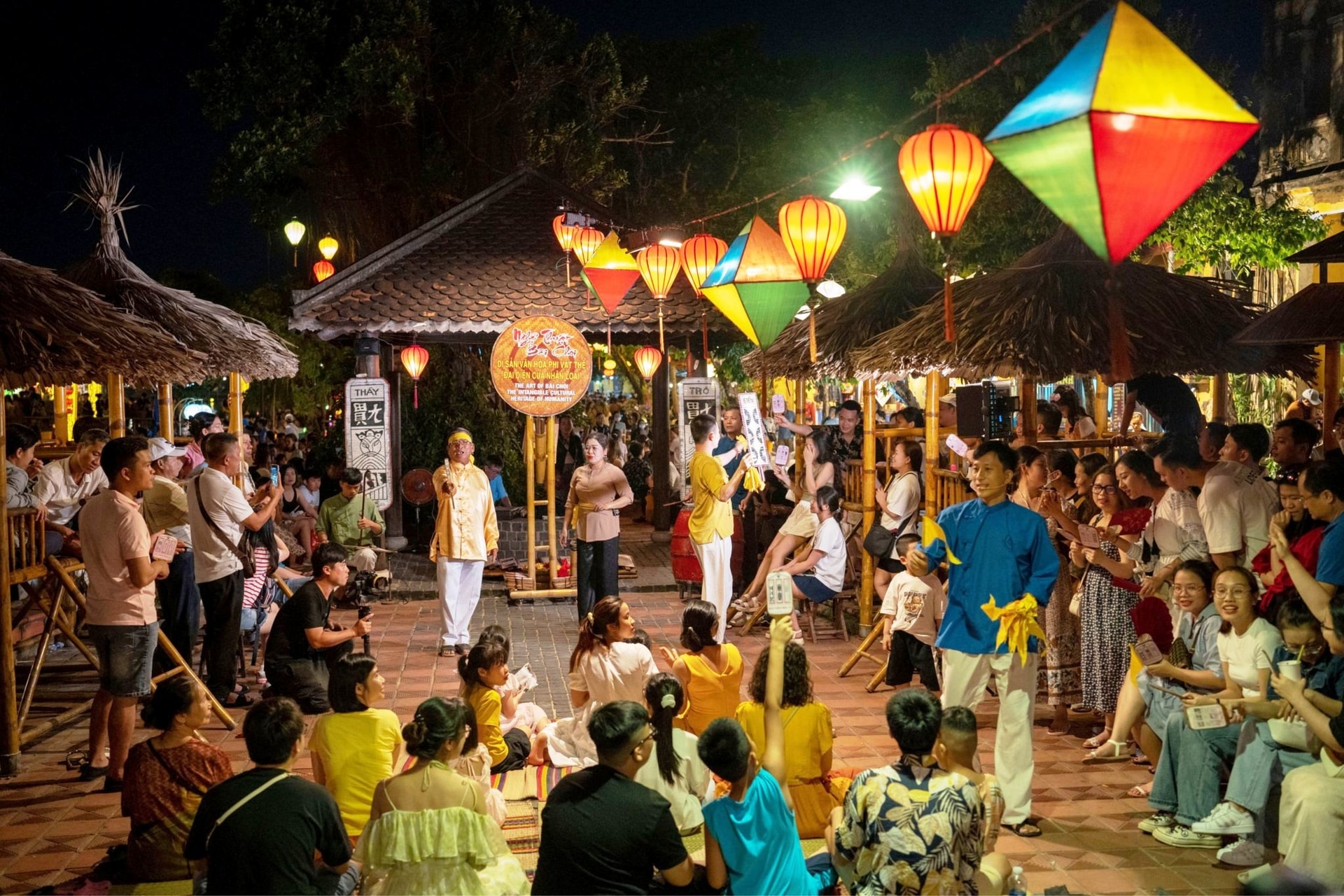
The art of Bai Choi performance is a unique tourism product of Hoi An. Photo: DO HUAN
Mr. Tran Van Duc - Deputy Director of Quang Nam Museum (now Da Nang Museum) said that this is an activity that contributes to preserving and promoting local cultural values, while meeting the requirements of building a scientific database to serve research and teaching in the community; long-term preservation and dissemination on digital platforms.
The core objective of the project is to build a comprehensive database on the art of Bài Chòi, including both tangible and intangible documents, thereby creating a solid foundation for the preservation and promotion of heritage in the digital age.
From September 24 to December 2025, the research team of Da Nang Museum will coordinate with units to collect the history of formation and development of Bai Choi. In addition, they will compile a list of artisans, clubs, and groups that still maintain the profession, as well as conduct community surveys and interviews with practitioners to record the techniques, compositions, performance methods, and cultural space of Bai Choi.
Dr. Ha Thi Suong - who directly participated in the survey and inventory team, said that these activities aim to assess the current status, determine the risk of loss as well as have directions to propose solutions for preservation, teaching and introducing to the public. In the future, the focus will be on building software to manage and exploit data on bai choi; forming a document warehouse on the heritage of bai choi in Quang region to serve storage, research and display.
The heritage community, including elderly artisans and young people practicing the heritage, including students, are all subjects of this inventory activity.
Bai Choi artist Duong Quy (Hoi An) shared that currently, the thing he is most concerned about is training and passing on to the next generation to help them understand and deeply love this art form.
Bai Choi in Hoi An is a world heritage and also a part of Hoi An's heritage, so conservation efforts do not stop at the present.
Mr. Quy said that if we systematically digitize the heritage of Bai Choi, it will help "connect" Bai Choi to appear in tourism models, cultural experiences, mobile applications, and educational programs.
For many years now, Hoi An has had many ways to preserve and promote bai choi, from bringing bai choi to the stage, singing bai choi on the street or bringing bai choi to schools.
Moving towards "expanding the digital stage", connecting regions, creating an exchange network, and performing virtual - real - online is what will be needed in the future digital world.
Source: https://baodanang.vn/ban-do-di-san-so-bai-choi-3306119.html





![[Photo] Solemn opening of the 1st Government Party Congress](https://vphoto.vietnam.vn/thumb/1200x675/vietnam/resource/IMAGE/2025/10/13/1760337945186_ndo_br_img-0787-jpg.webp)


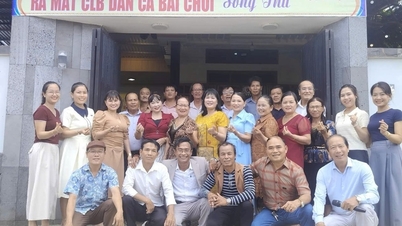



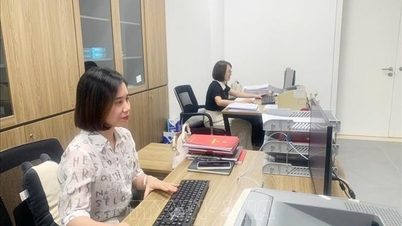

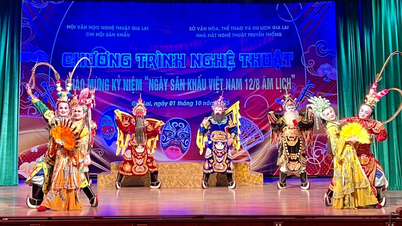



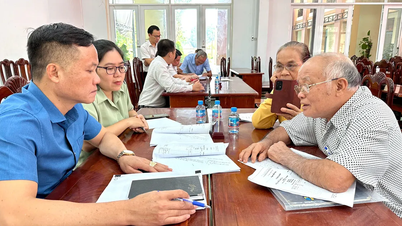



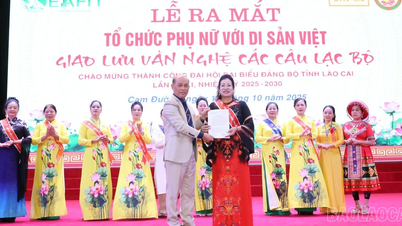

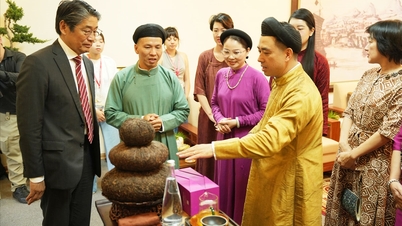










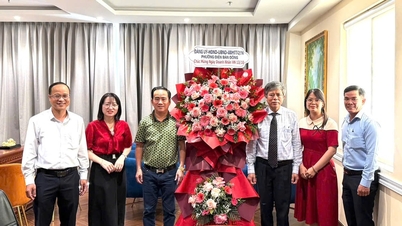

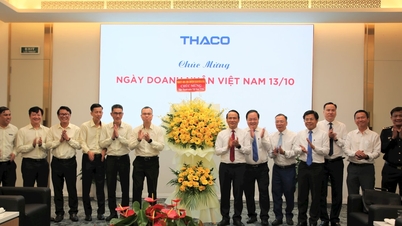

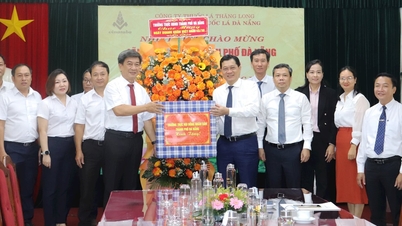
![[Photo] General Secretary To Lam attends the opening of the 1st Government Party Congress](https://vphoto.vietnam.vn/thumb/1200x675/vietnam/resource/IMAGE/2025/10/13/1760321055249_ndo_br_cover-9284-jpg.webp)



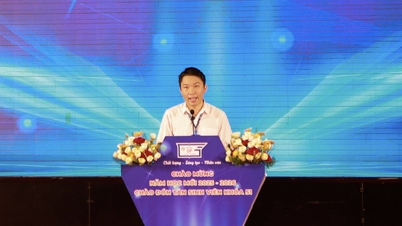
















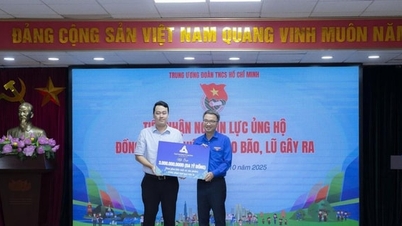

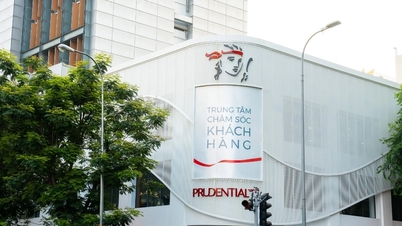











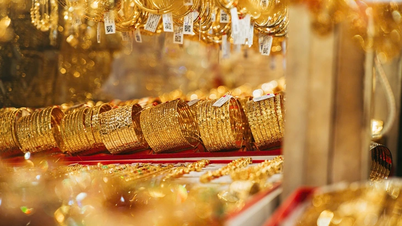




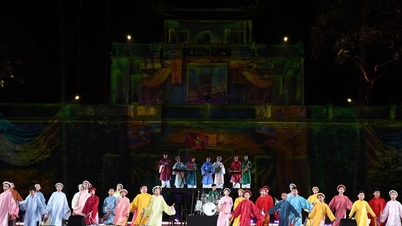
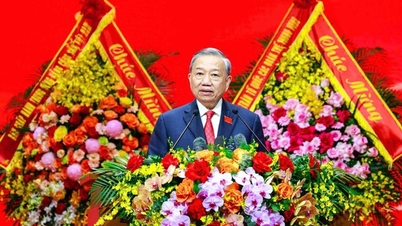
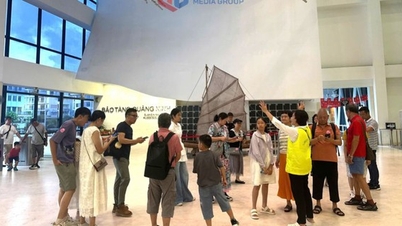
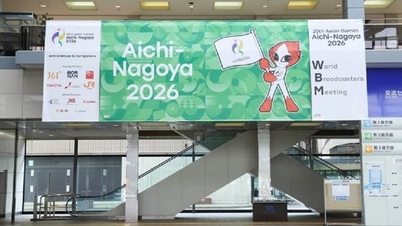


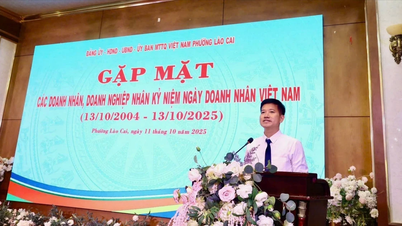


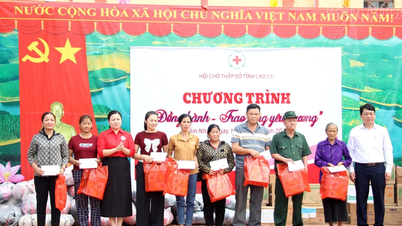




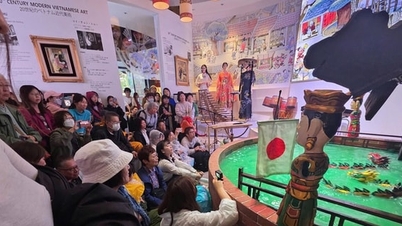











Comment (0)